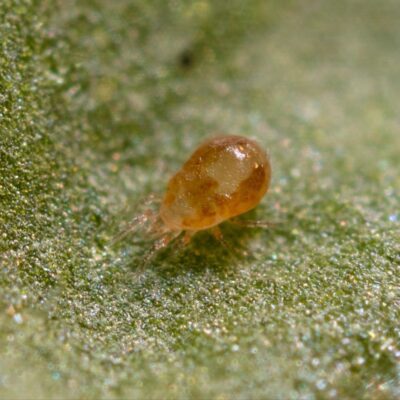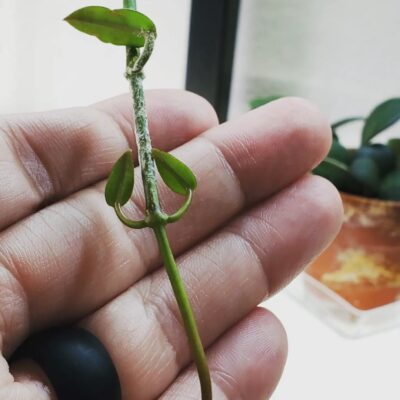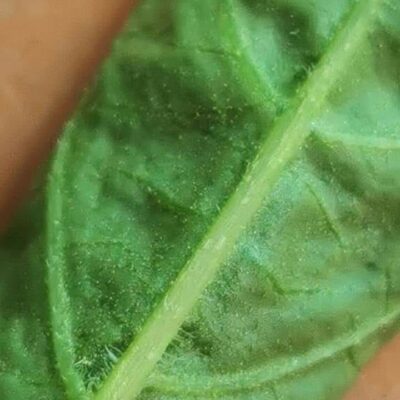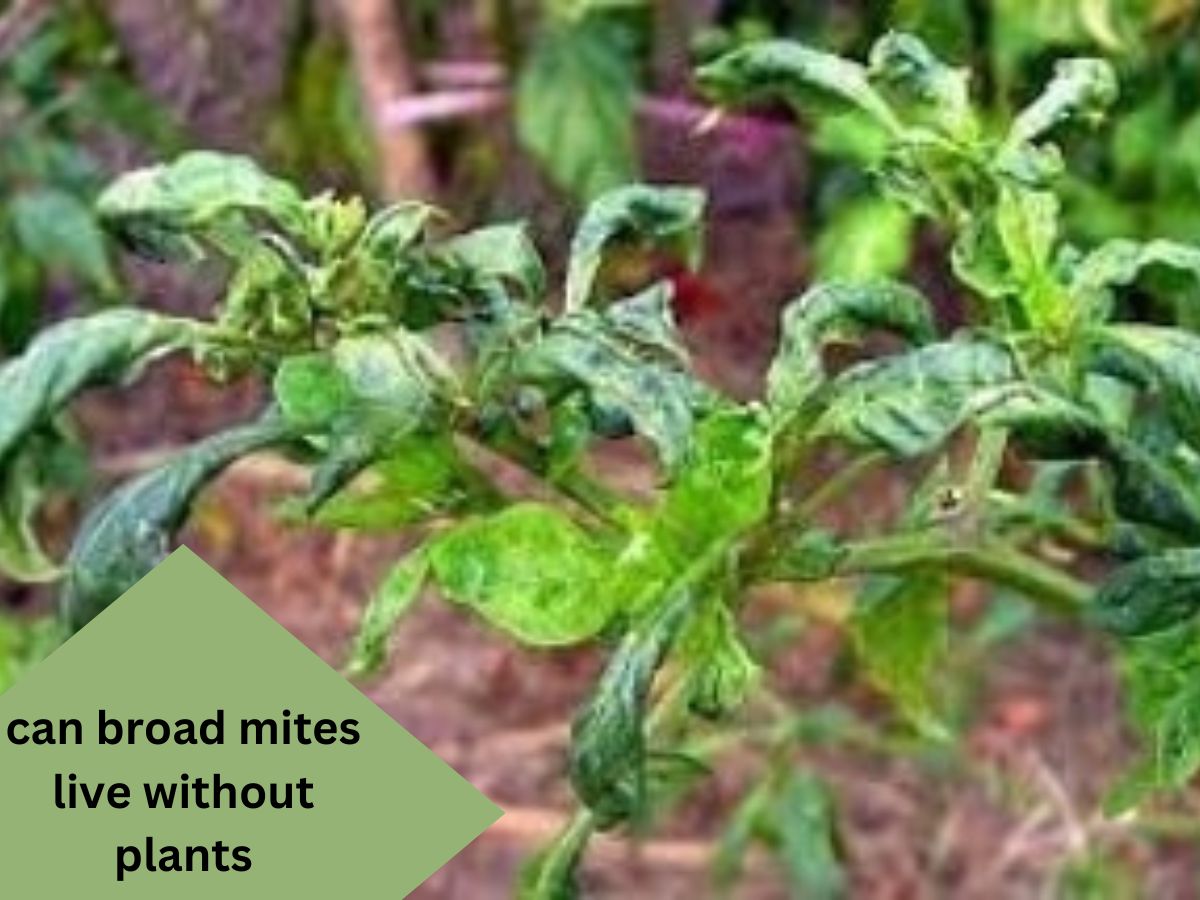Diving into the intriguing world of broad mites, we confront a captivating question: Can broad mites live without plants? These tiny troublemakers often found wreaking havoc in gardens and greenhouses, have an undeniable affinity for plants. But could they possibly possess some secret survival skills that allow them to thrive even when separated from their leafy hosts?
a vibrant garden, bursting with life and color. But hidden amidst the beauty lies a tiny, often unnoticed, yet notorious troublemaker – the broad mite. These minuscule arachnids might be small, but their impact on agriculture and gardening can be colossal. They’re like the uninvited guests who show up and wreak havoc at the most important events.
Imagine a scenario where these pint-sized pests find themselves without a familiar plant to call home. Do they possess the resilience to weather such a separation? As we embark on this journey of exploration, we’ll uncover the truth behind their plant-dependent lifestyle and whether they hold any surprises up their microscopic sleeves. Brace yourself for a revelation that could reshape how we understand the intricate dance between these mites and the world of plants.
Understanding Broad Mites
Meet the broad mites – pint-sized pests that pack a punch in the world of plants. These arthropods, measuring a mere fraction of a millimeter, might be tiny, but their impact is anything but.
With their translucent bodies and delicate legs, broad mites could be mistaken for benign creatures. But don’t be fooled – their minuscule size belies their potential for devastation. These arachnids are equipped with specialized mouthparts designed for piercing into plant tissues, where they extract the precious juices that sustain them.
The life cycle of a broad mite is as intricate as it is stealthy. They undergo a series of developmental stages, from eggs to nymphs to adults, each phase contributing to their relentless quest for survival.
Broad mites have a particular penchant for plant hosts, seeking the shelter and sustenance provided by their lush foliage. As they feed on plant tissues and sap, they leave behind a trail of damage that’s often visible as distorted growth, leaf curling, and discoloration. These subtle signs are the calling cards of their presence, and they can spell trouble for gardeners and growers alike.
Stay tuned as we dive deeper into the fascinating symbiotic relationship between broad mites and the plants they call home. But for now, remember – beneath their delicate appearance lies a world of pestilent potential.

Broad Mites and Plants Relationship
Prepare to uncover a fascinating tale of coexistence as we delve into the symbiotic relationship between broad mites and plants. It’s a story of survival, nourishment, and delicate dance that has evolved.
Broad mites have honed their feeding habits to perfection. Armed with their specialized mouthparts, they delicately pierce plant tissues, extracting cell contents like tiny thieves in the night. These plant cells serve as their personal buffet, providing the nutrients they require to flourish.
As these mites feed, they tap into the very life force of their plant hosts. Nutrients such as sugars, amino acids, and other essential compounds flow into their bodies, fuelling their growth and reproduction. In a world where survival hinges on access to sustenance, these mites have mastered the art of hijacking plants’ life-giving resources.
But the interaction goes beyond simple feeding. The mites’ saliva acts as a multi-faceted tool. Not only does it facilitate the breakdown of plant tissue for easier consumption, but it also contains compounds that suppress the host plant’s defense mechanisms. This allows the mites to enjoy their feast uninterrupted, further solidifying their grip on the plant.
As we continue this journey, we’ll unravel more about the dynamics of this relationship. It’s a captivating dance that showcases the remarkable strategies nature employs for survival – even if they come at the expense of our cherished plants.
Can Broad Mites Survive Without Their Host Plants?
Ah, the million-dollar question that unravels the true essence of these tiny yet formidable creatures. Can broad mites, those notorious plant pests, survive in the absence of their lush leafy homes? The answer, my friends, lies in the delicate balance of nature’s design.
The short and simple answer is a resounding no. Broad mites have evolved over time to become intricately linked to their plant hosts. They rely on the nutrients extracted from plant tissues to sustain themselves, from their early developmental stages to adulthood. Without this continuous source of nourishment, their survival prospects dwindle significantly.
Research has shown that the survival of broad mites without plant companionship is short-lived at best. While some mites might manage to hang on for a brief period, their vitality wanes rapidly without access to the life-giving nutrients plants provide. The humidity and temperature conditions necessary for their survival outside of plants’ protective embrace are often hard to maintain, leaving them vulnerable.
So, next time you contemplate the resilience of these mites, remember that they are inextricably tied to the green world. Their existence, their propagation, and their ability to thrive are intricately woven into the fabric of plant life.
While the thought of independent mites might spark intrigue, it’s a reminder of the astounding interdependence that defines the natural world – a world where every living being, no matter how small, plays a crucial role.
How Long Can Broad Mites Live Without Plants
The survival clock starts ticking the moment these mites find themselves without their beloved plants. While exact numbers can vary due to factors like humidity, temperature, and individual resilience, studies have shown that broad mites’ lifeline without plants is a precarious one.
In most cases, these mites can only muster a meager survival time of several days to a couple of weeks without access to their plant partners. Remember, they’re not equipped with the adaptations needed for long-term self-sufficiency. Their bodies are finely tuned to extract nutrients from plants, and when that lifeline is severed, their prospects dim rapidly.
A Dependence on Greenery
This limited survival duration underscores the deep-rooted relationship between broad mites and plants. It’s a tale of dependence that unveils itself when these tiny pests are stripped of their plant provisions. As you ponder the resilience of these creatures, it becomes clear that they are far from being loners – their very existence hinges on the greenery that sustains them.
So, the next time you spot a broad mite making its way through the foliage, remember its ticking clock – a reminder that even the tiniest creatures are deeply entwined in the intricate web of nature’s design.
Do Broad Mites Die Off Without Plants?
The fate of broad mites without plants is indeed a grim one. These tiny pests, renowned for their affinity for plant hosts, are ill-equipped to survive for extended periods without their leafy companions. As the days without plants stretch on, their chances of survival dwindle, and their population faces a significant decline.
The core issue lies in their nutritional needs. Broad mites are specialized to extract nutrients from plants, and when this vital source is removed, their ability to thrive is severely compromised. They lack the adaptations necessary for self-sustenance and resilience outside their natural habitat.
A Reminder of Interdependence
This reality serves as a poignant reminder of the delicate interdependence that characterizes ecosystems. Broad mites might be deemed pests by some, but their role in the intricate web of life is undeniable. Their existence, albeit pestiferous, reminds us that every organism, no matter how seemingly insignificant, has a role to play in the grand scheme of nature.
So, the next time you witness the dance of these mites among the leaves, ponder the fleeting nature of their existence when their green companions vanish – a testament to the remarkable balance that sustains life on our planet.

How to Get Rid of Broad Mites
Dealing with a broad mite infestation in your garden can feel like a battle against an invisible army. But fear not, for there are strategies that can help you regain control and restore the health of your precious plants. Let’s dive into the arsenal of methods you can employ to effectively get rid of these tiny troublemakers.
Isolation and Quarantine:
The first step is to isolate the affected plants. This prevents the mites from spreading to healthy plants. Quarantine the infested plants away from your other green companions while you implement control measures.
Pruning and Disposal:
Prune and remove severely infested plant parts. Dispose of them properly, far from your garden area. This reduces the mites’ population and minimizes their spread.
Water Blast:
Give your plants a good shower using a strong stream of water. This dislodges mites and washes away their webbing. Repeat this regularly to keep the population in check.
Neem Oil:
Neem oil, a natural and organic option, is effective against broad mites. Dilute and spray it on your plants, paying attention to the undersides of leaves where mites tend to hide.

Insecticidal Soaps:
Insecticidal soaps, when used according to instructions, can suffocate mites and disrupt their life cycle. Be sure to test on a small portion of the plant first to ensure your plant tolerates the treatment.
Predatory Mites:
Introducing predatory mites that feed on broad mites can be a natural way to control the population. Consult with experts to determine the appropriate species and release rates for your specific situation.
Keep the Environment Unfavorable:
Broad mites thrive in warm and dry conditions. Adjust the environment by increasing humidity and reducing temperatures to levels that are less conducive for their growth.
Professional Help:
In severe infestations, seeking advice from horticulturists or pest control professionals might be your best bet. They can provide targeted and effective solutions based on the extent of the problem.
Remember, consistency is key when battling broad mites. Regular monitoring and a multi-pronged approach will give you the best chance of success. With determination and a well-executed plan, you’ll reclaim your garden from these persistent pests and see your plants flourish once again.

FAQs?
Can broad mites feed on anything other than plants?
Broad mites are highly specialized creatures when it comes to their diet. Their biology is intricately intertwined with plant chemistry. These mites have evolved to exploit the unique composition of plant tissues, making them dependent on the nutrients and compounds found within. While some mites can adapt to alternative food sources in certain conditions, it’s their exceptional ability to feed on plant cells that defines their behavior and survival.
Do broad mites only infest specific plant species?
Broad mites, despite their name, don’t discriminate when it comes to plant species. These opportunistic arachnids have a knack for infesting a wide array of plants, spanning various families and genera.
Their versatility in host preferences showcases their adaptability. This means that whether you’re dealing with ornamental plants, vegetables, or even fruit-bearing species, broad mites can become unwelcome visitors if the conditions are right.
Can broad mites infest indoor environments without plants?
The chances of broad mite infestations in indoor environments without plants are relatively low, but not entirely impossible. Broad mites are primarily outdoor pests, preferring the lush environment of garden beds and greenhouses. However, they can occasionally hitch a ride indoors via contaminated plants or gardening tools.
Once inside, their chances of survival are diminished due to the typically lower humidity levels and the absence of their essential plant hosts. Indoor spaces without plants aren’t an ideal habitat for these creatures, and they’re unlikely to establish a significant population.
Are there any known predators of broad mites?
Nature has its checks and balances, and broad mites are no exception. There are a few natural enemies that help keep broad mite populations in check. Predatory mites, such as Neoseiulus cucumeris and Amblyseius swirskii, feed on these pests, providing a form of biological control.
Additionally, some insects like predatory thrips and lacewings are known to consume broad mites. Incorporating these natural predators into your pest management strategy can help maintain a balance in your garden ecosystem and minimize broad mite outbreaks.
Conclusion
As we wrap up our journey through the captivating world of broad mites, one thing becomes abundantly clear – these tiny creatures are a testament to the delicate intricacies that define the relationship between organisms and their environments. The question of whether broad mites can live without plants illuminates the profound interdependence that characterizes the natural world.
From their intricate feeding habits and symbiotic relationship with plants to their adaptations and the truth about their independence, the story of broad mites is a reminder that even the smallest inhabitants of our gardens play an integral role in the intricate web of life. Their existence, though often vexing to gardeners, highlights the importance of understanding the unique balance that sustains our ecosystems.
As you tend to your plants and observe the nuanced dance of life unfolding in your garden, remember that every pest and pollinator, every leaf and mite, contribute to the rich tapestry of biodiversity.
And while broad mites might challenge our patience, they also remind us to cherish and nurture the delicate balance that allows our gardens to thrive. So let’s continue cultivating our green spaces with respect for the intricate relationships that make our world truly remarkable.
